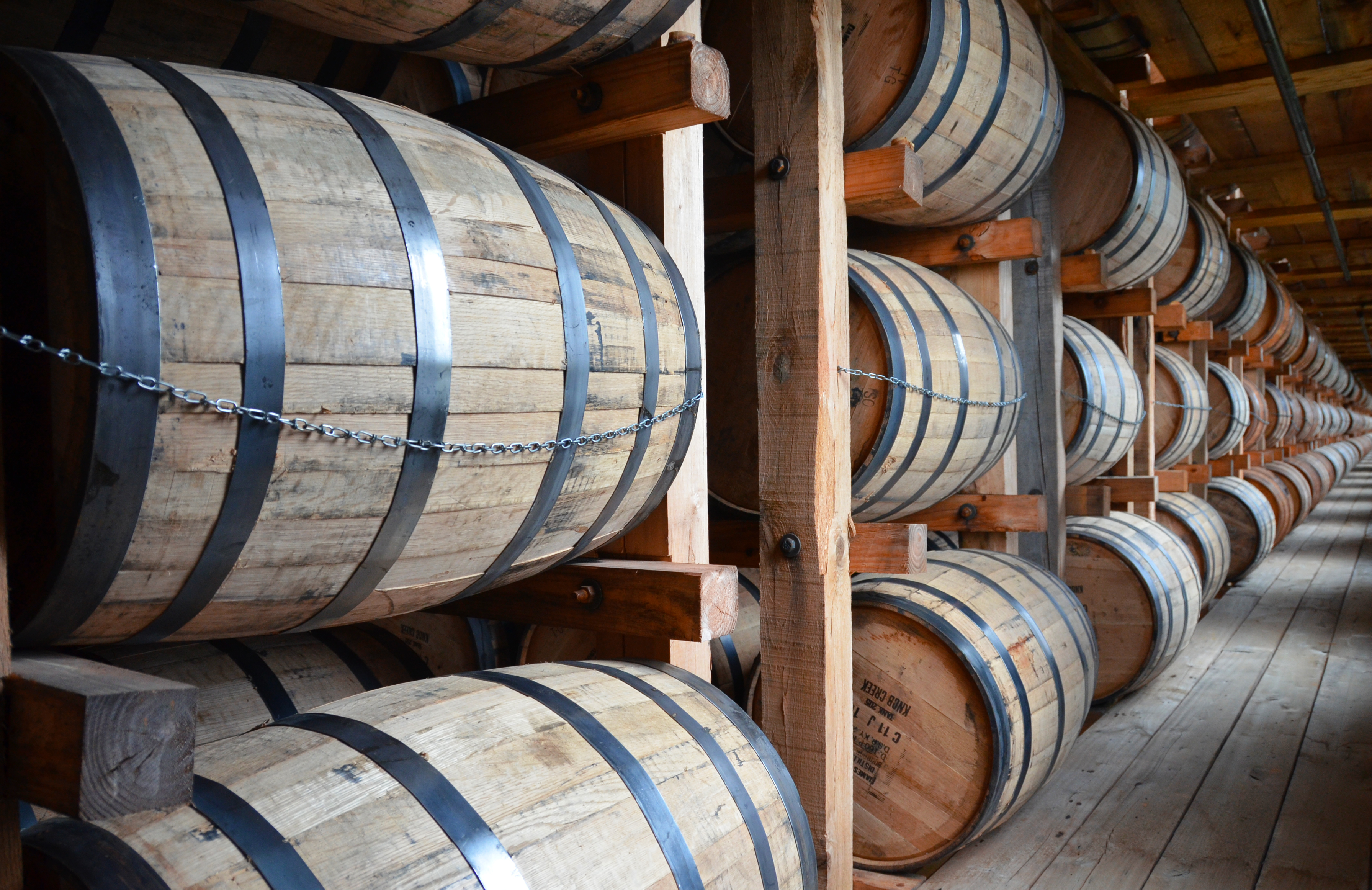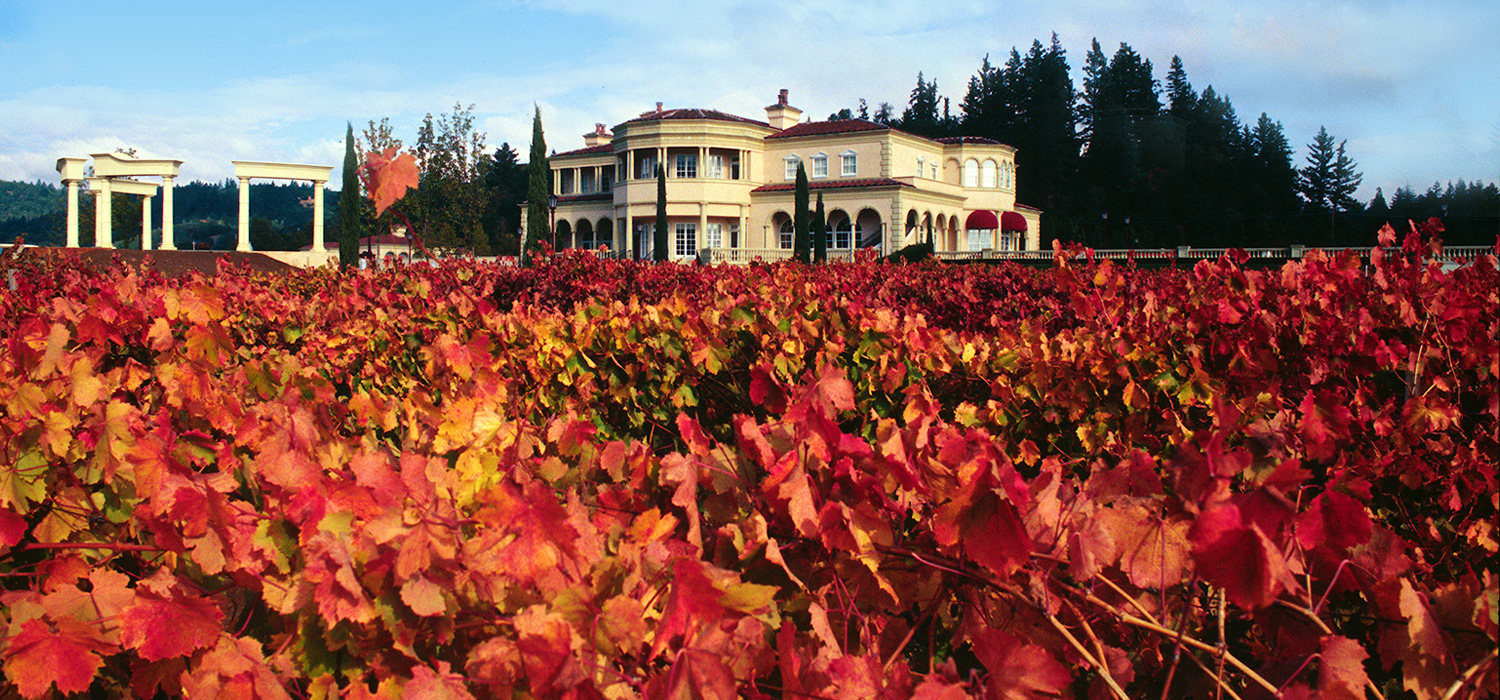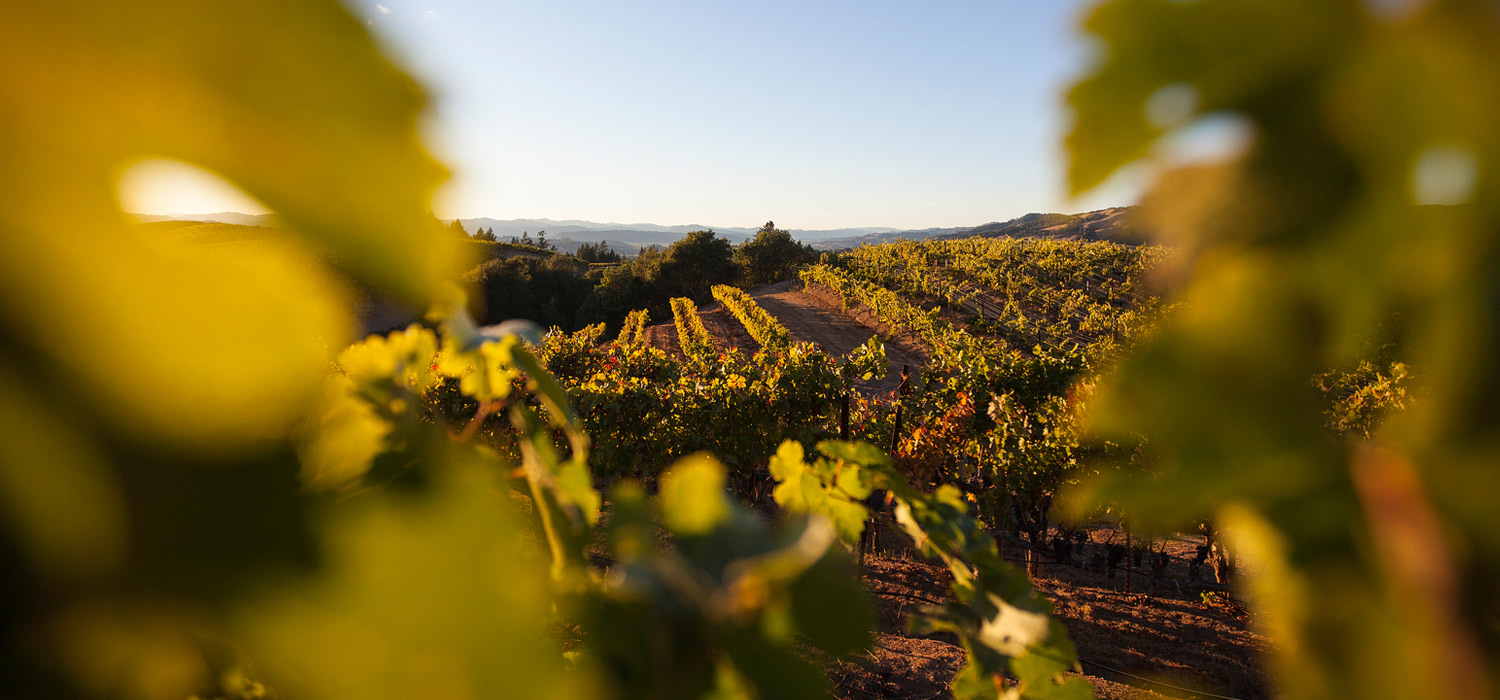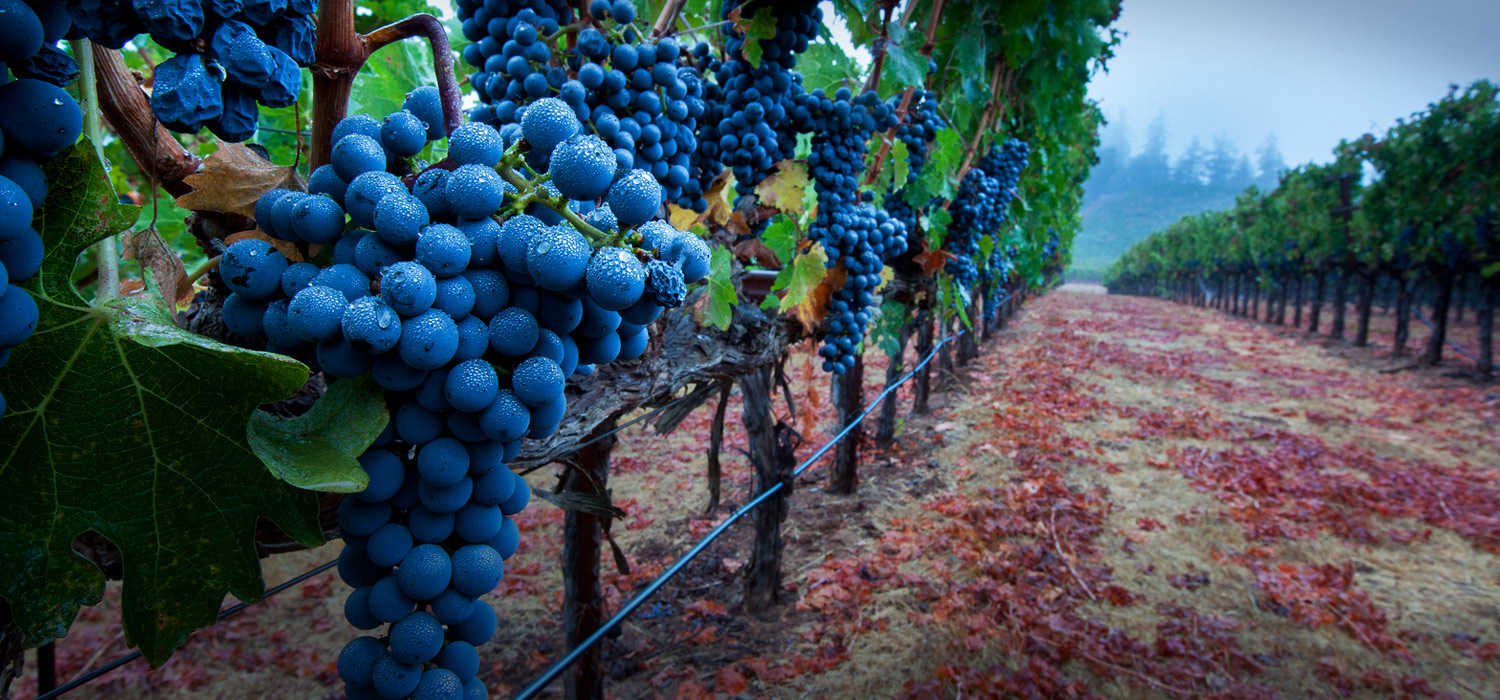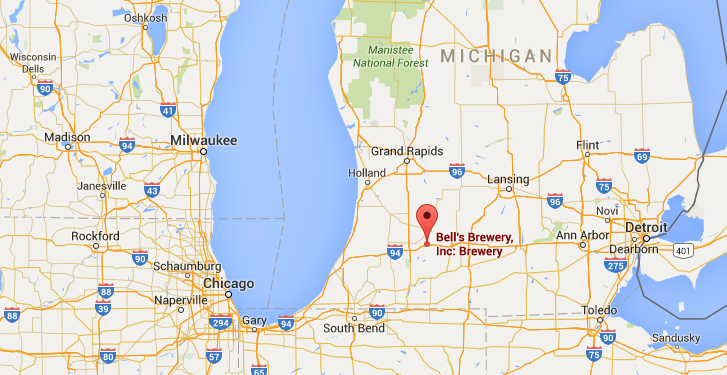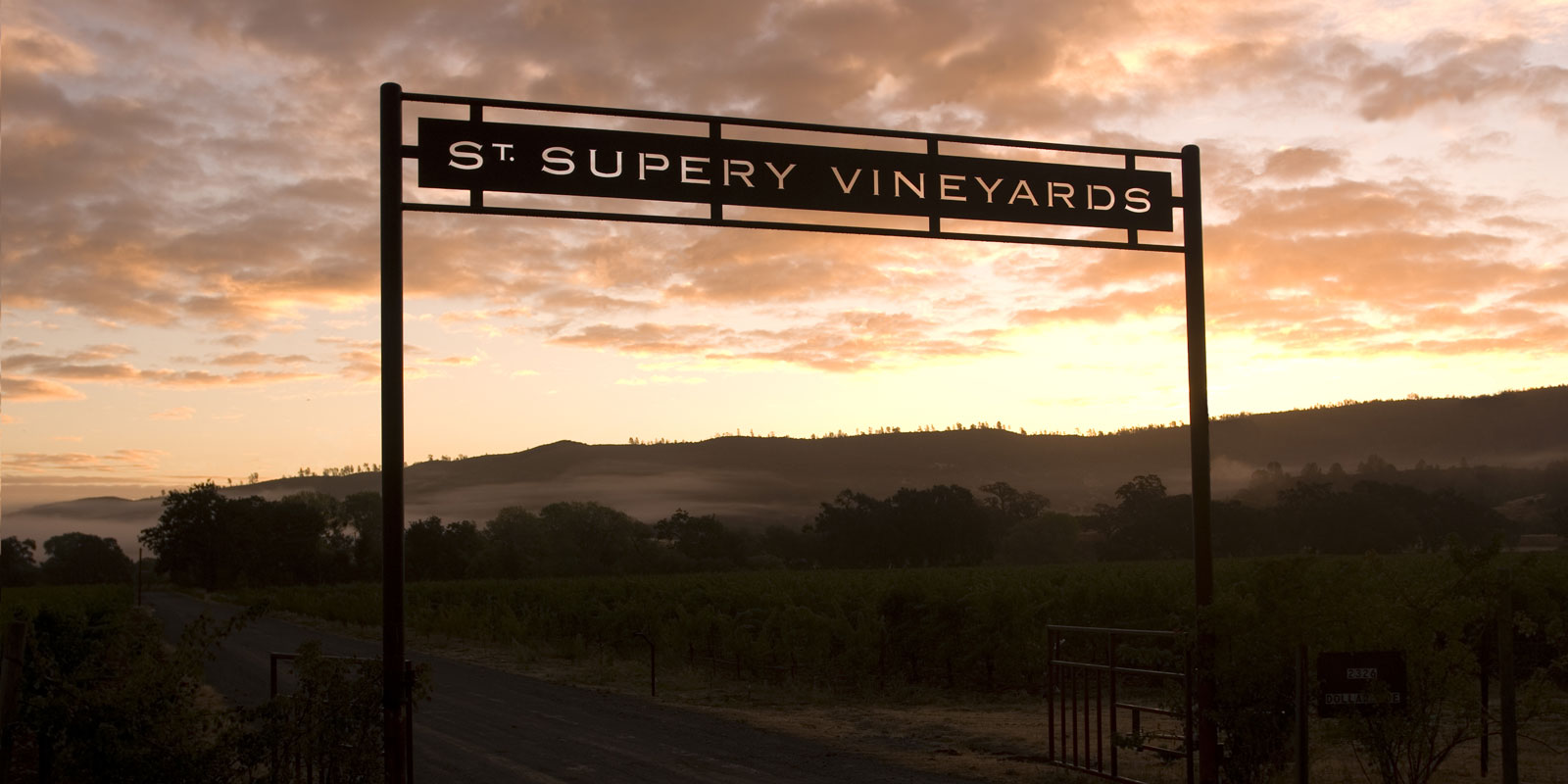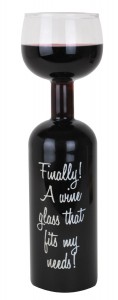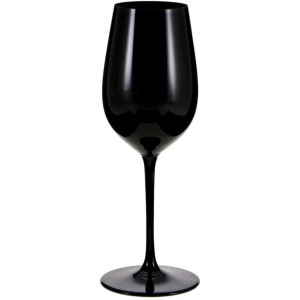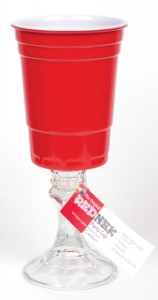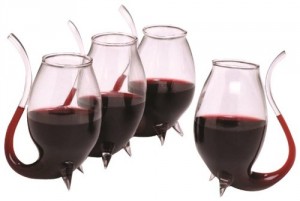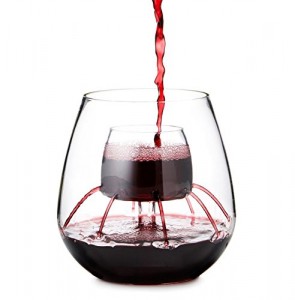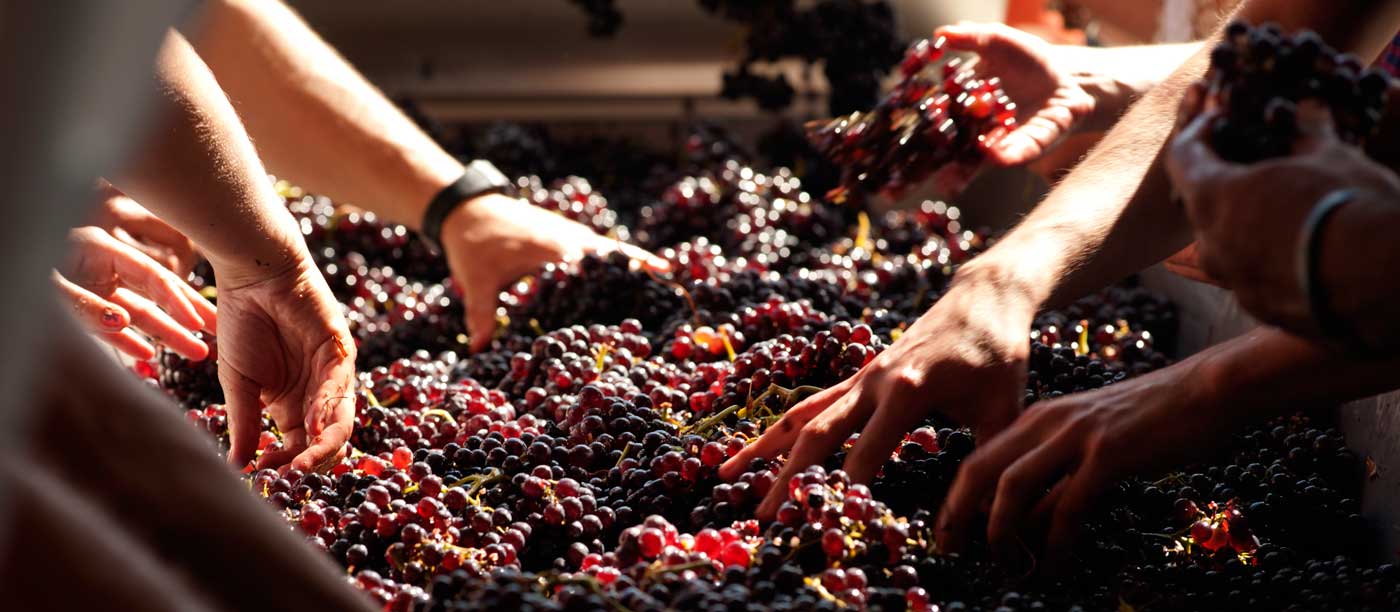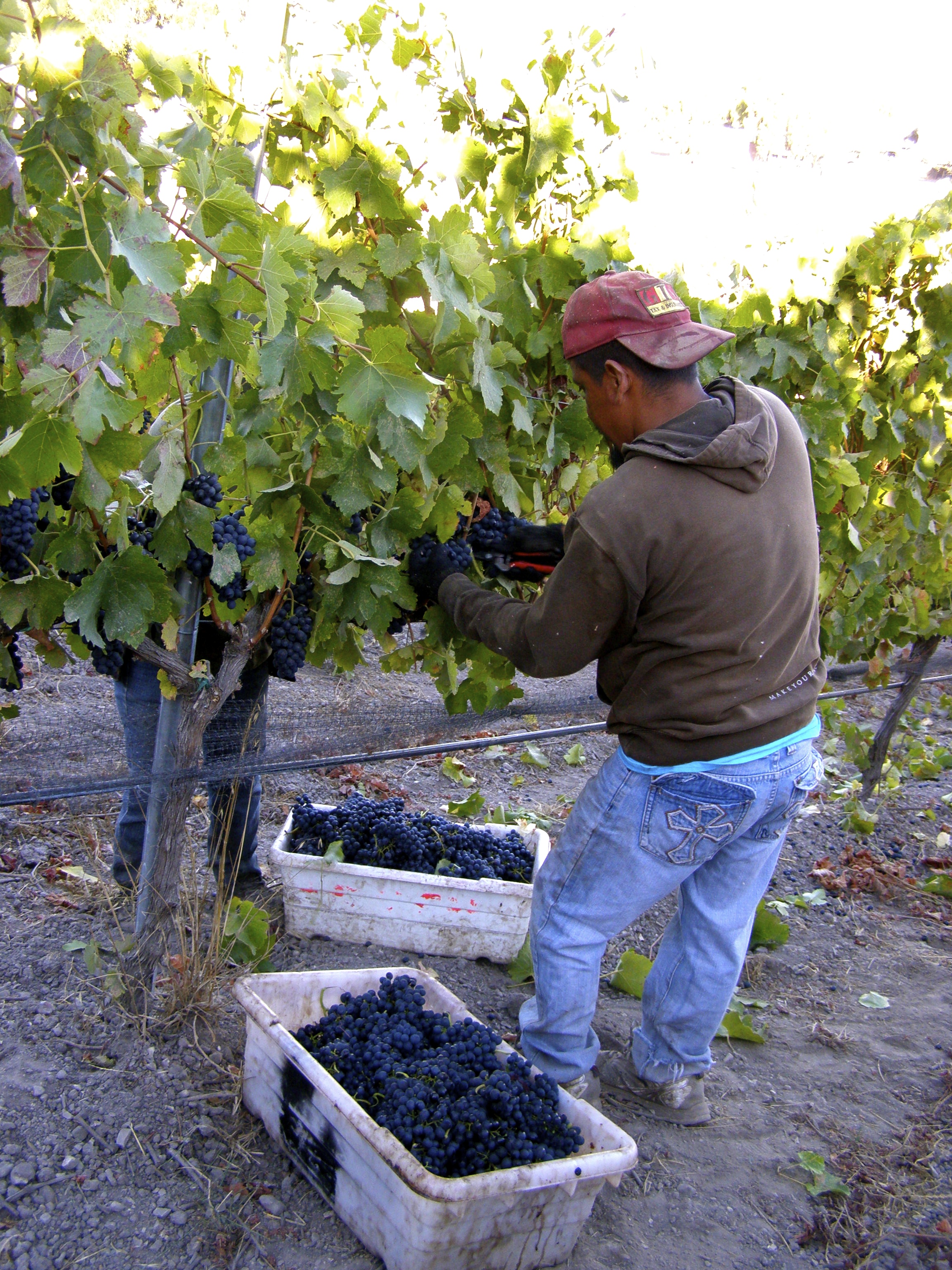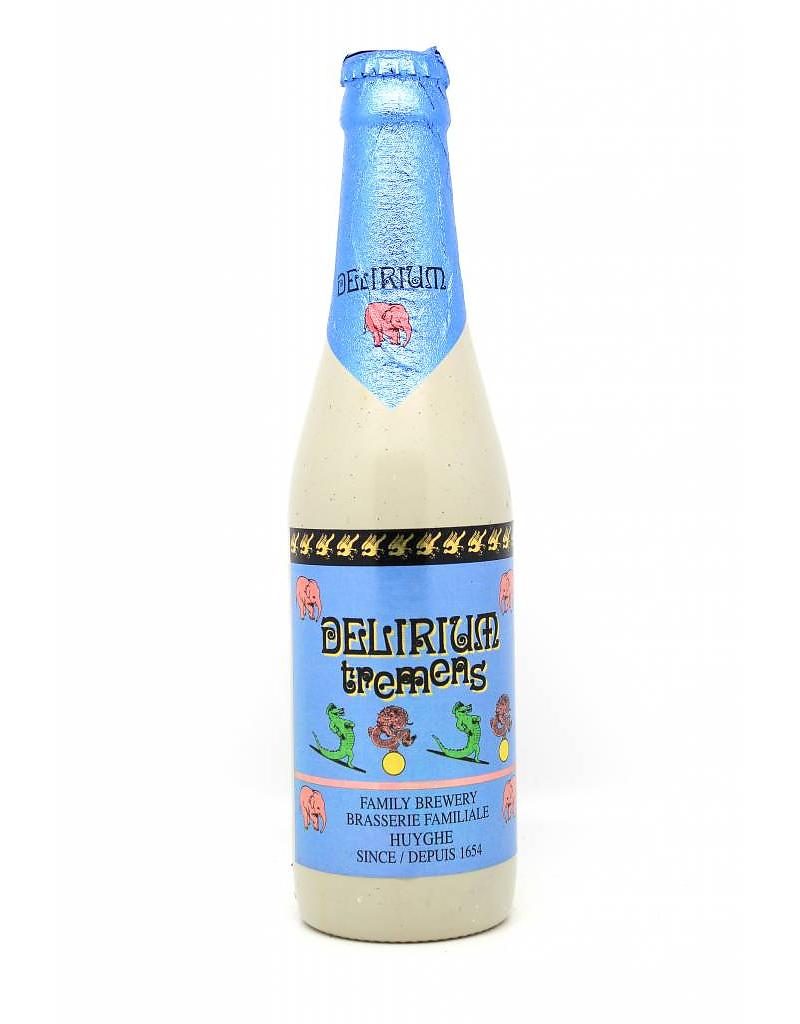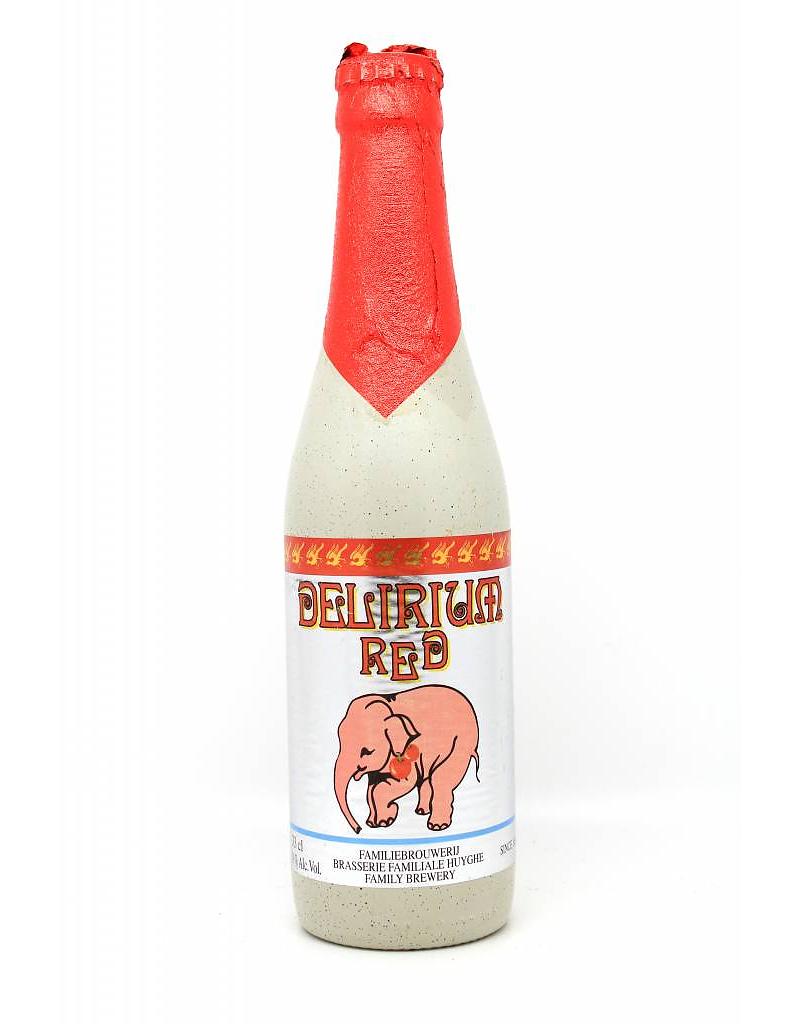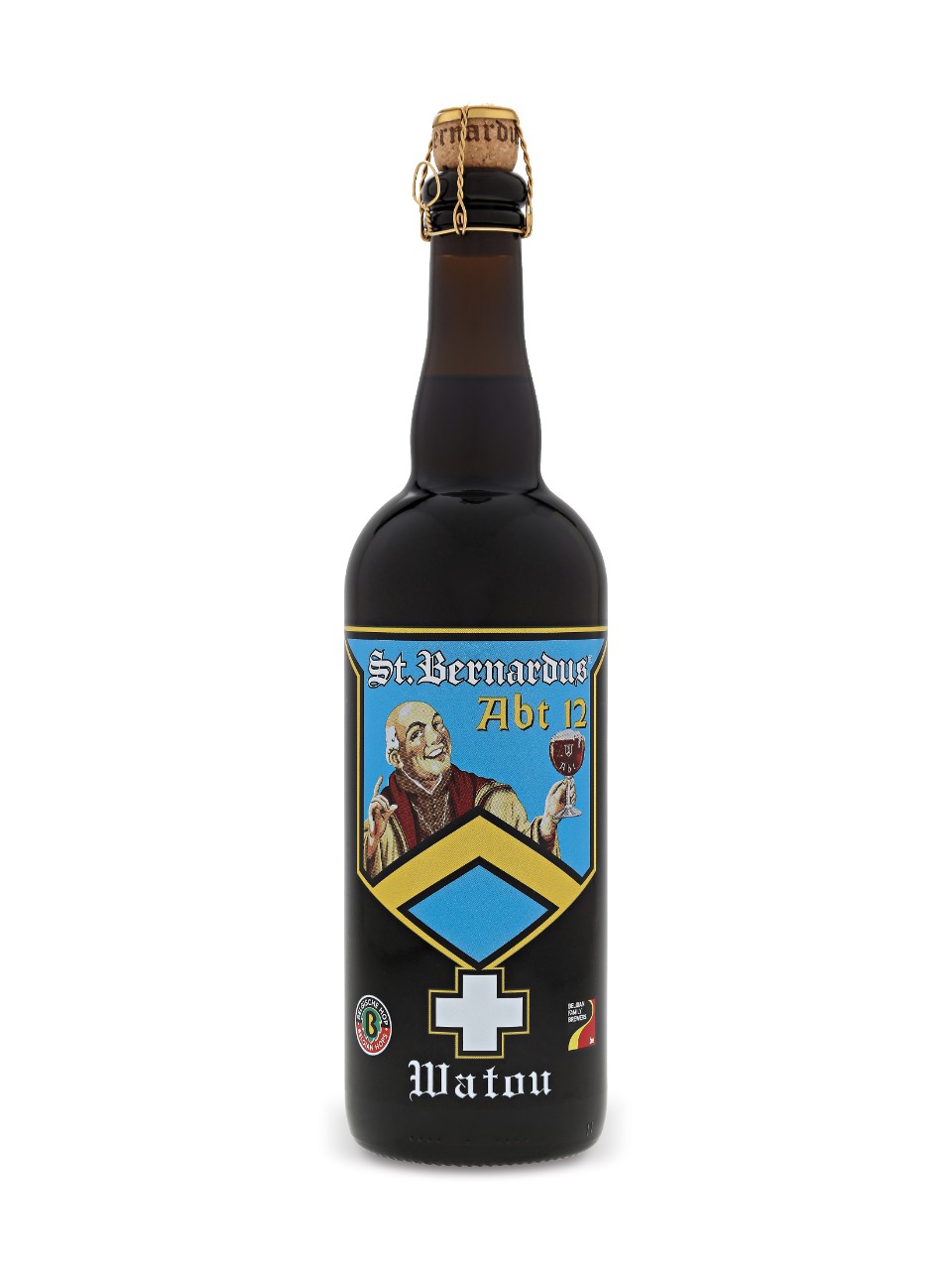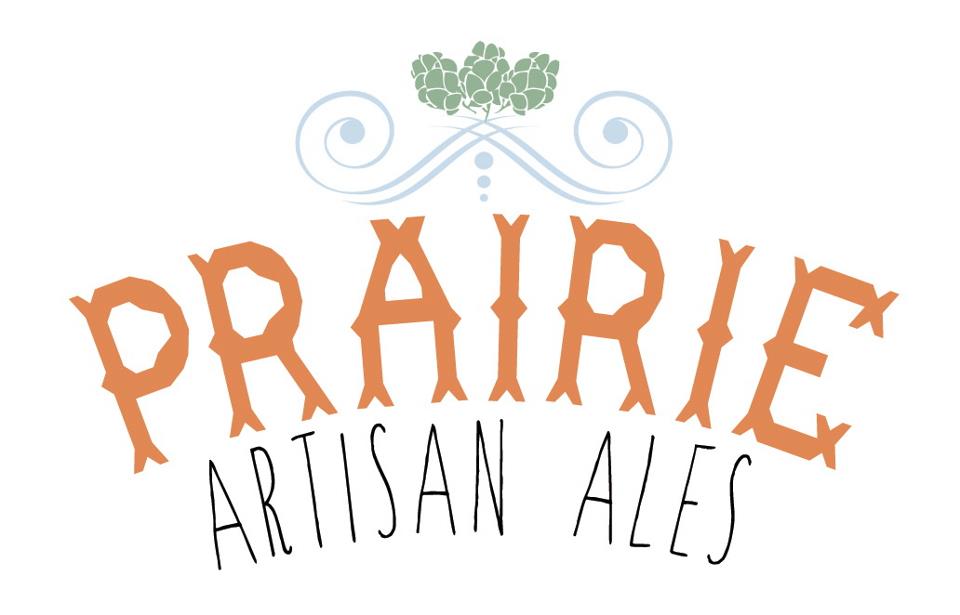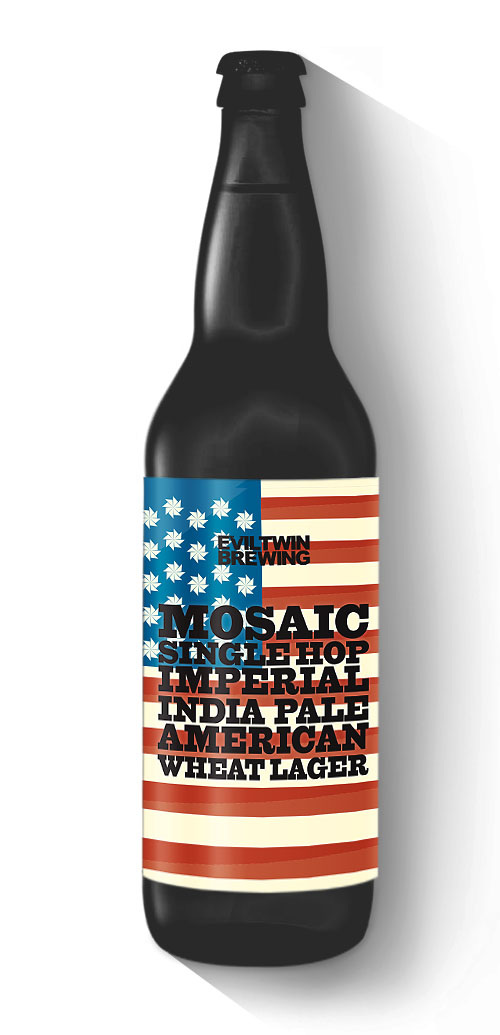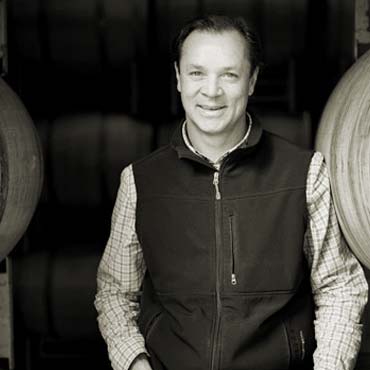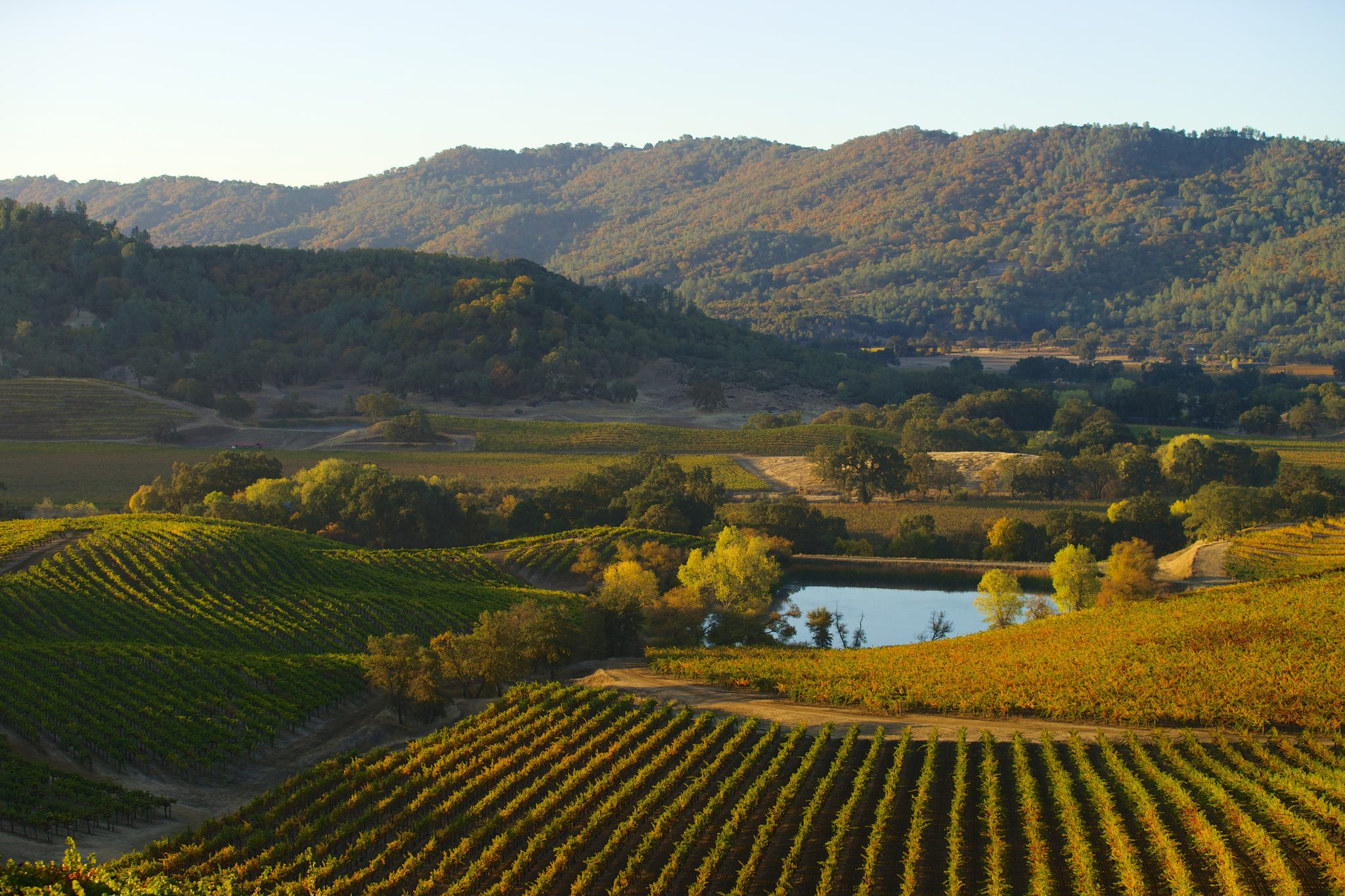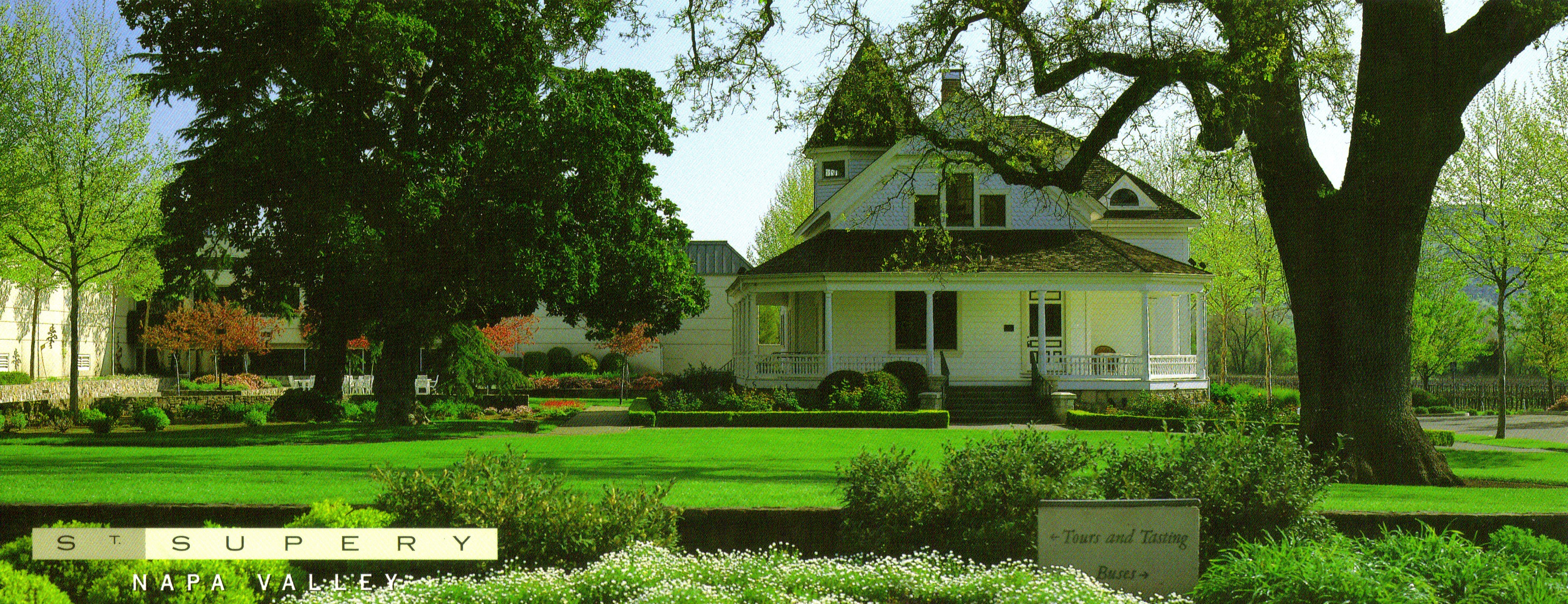As you know, it’s spring which means that summer is right around the corner, and that means that it’s time for margaritas and tequila sunrises on the deck and by the pool!
I know that some of the people out there are going to say “But I don’t like tequila,” or “I don’t know what kind to buy”.” That’s understandable – there are so many types of tequila, it’s hard to know where to start.
Let’s start off with what it takes to be considered true tequila. The rules for making tequila are very similar to the rules for making bourbon. They both have strong ties to a specific region, and they both must be composed of a specific amount of a single fruit or grain. If these standards are not met you wind up with a completely different product with a different name and style. In the case of tequila, it’s made from 100% pure agave. But it cannot be just any agave. It has to be Weber blue agave from the territory of Tequila, Mexico. If it is not all of these things then the spirit that is being made is not considered to be tequila.
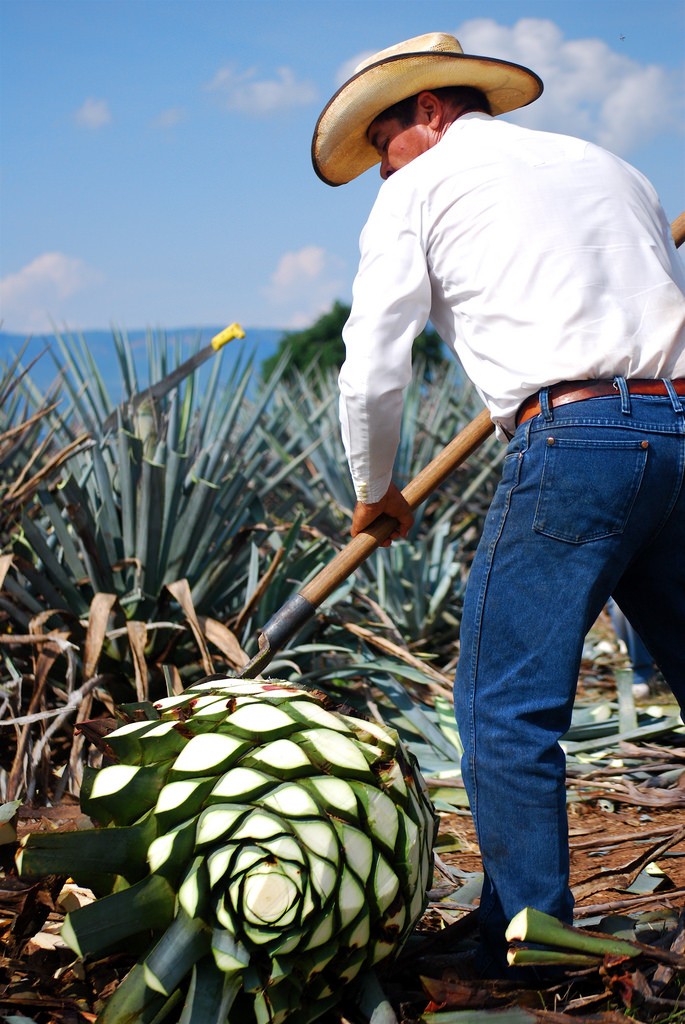
There are a few different types of tequila, and for the purposes of this post, I’ll be using the Siembra tequila brand, especially their Azul and Valles lines as my example. Its tequilas are unique in that they are an estate brand, meaning that it was sourced from one location owned by the people producing the spirit. The spirit must also be processed and created on said land.
The first and most well know tequila type is Blanco. It is crystal clear in appearance and is the tequila most used for cocktails or mixed drinks. It is one of the most common forms of tequila due to having the least amount of aging done to it, as well as being one of the most popular for shots at bars and parties. As mentioned a second ago, the aging is minimal, if it’s even done at all. If it is aged at all it is less than two months otherwise, it’ll be into one of the other forms of tequila. The Blanco made by Siembra Azul is one of the smoothest that I’ve ever had. It’s crisp on the tongue with a note of citrus and pepper. The typical Blanco is a lot like a teenager; brash, full of themselves, with a bit of a fiery disposition. With higher end tequilas, the fire is comfortably mellowed, and the brashness turns to more flavor notes rather than a kick to the teeth. Siembra even makes another form of Blanco called Siembra Valles which is of an even higher quality and brings even more tasty flavors to the table.




Another common form of tequila is Reposado. This form of tequila is known for its yellowish tinge that can sometimes even be amber in color. It’s different from its Blanco companion in that it has been aged in oak barrels for a period of no less than two months but no more than twelve months. Reposado is a much more mellow tasting tequila. The wood aging is known as the “mellowing process” and it takes what was a young and fiery liquor and transforms it into a much more mature and flavorful spirit. It still has a slight kick of a classic Blanco, but it is easier to drink overall and very pleasant as a drink all by itself. The oak adds more flavors to the spirit than just the agave due to the absorption of the wood oils during the mellowing process. This process is much like the way oak aging affects wine. The Reposado made by Siembra Azul, for example, still has a little kick, but has many new flavors like spicy ginger and vanilla. Their Valles label also offers a Reposado and much like their Valles Blanco it is a step to the next level of quality tequila. It has a golden honey color which comes through beautifully on the palate with a bit of honey-like sweetness and mint. Reposado is still used in many of the same cocktails as the Blanco, but it will add a more mellow taste to them. It’s also very common to sip Reposado tequilas on their own.
The third type of tequila is Anejo. This is a much more mellow and distinctive style of tequila than the others. It’s the longest aged form of tequila, typically spending anywhere from twelve months up to about two years. Anejo is quite dark in color due to this longer aging process. Anejo is the most complex tasting form of tequila due to the absorption of so much more of the elements from the barrels it was aged or “mellowed” in. The Siembra Anejo for instance, has taste notes of cinnamon, tobacco, butterscotch, and a bit of honeyed sweetness. This form of tequila is what I like to refer to as the “single malt” of tequila in that it is a crime to mix this spirit with anything. Drink it straight in a tumbler or in a large snifter glass. It is meant to be enjoyed all by itself with nothing else to distract the drinker from the experience.





